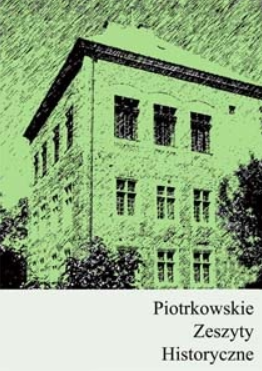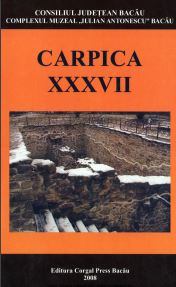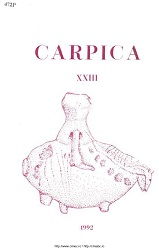
ŞANLIURFA HARBETSUVAN TEPESİ’NDEN BEZEMELİ TAŞ PLAKALAR
Research within the borders of Şanlıurfa Province in recent years has increased the number of Pre-Pottery period centers, among which cult central settlements have come to the fore. In particular, these settlements, which appeared in the late 10th and early 9th millennium BC, are usually small in scale and have a size between 6-10 decares. Studies so far have identified only three locations from large-sized ones of these settlements. These are Göbekli Tepe, Karahan Tepe and Ayanlar Höyük settlements. Small-scale settlements include Sefer Tepe, Kurt Tepe, Hamzan Tepe, Taşlı Tepe, Sayburç Höyük and Harbetsuvan Tepe. The common feature of these large and small settlements is that they contain obelisks shaped like "T." Archaeological excavations on Harbetsuvan Tepe, conducted in 2017 in conjunction with the Şanlıurfa Museum, continued for three periods until 2019. Architectural findings and archaeological explorations have emerged in this rescue excavation, which was mainly conducted to understand the extent of the destruction caused by the illegal excavation sites. The decorated stone vessels that were recovered from excavations on Harbetsuvan Tepe will be evaluated in this study. In general, the decorated stone plaques captured in Neolithic excavations come across as ornamental and statue objects. They are thought to have been used sometimes to fix flint or obsidian tips or arrowheads, like sharpening stones. The decorated stone plaques that come across as archaeological finds also provide crucial symbolic insights into the Neolithic Period, with motifs and figures on them. In this study, the three decorated stone plaques captured in the Harbetsuvan Tepe excavation were examined and compared with other finds explored in Neolithic period settlements. Furthermore, a dating was tried to be made based on similar decorated stone plaques.
More...














